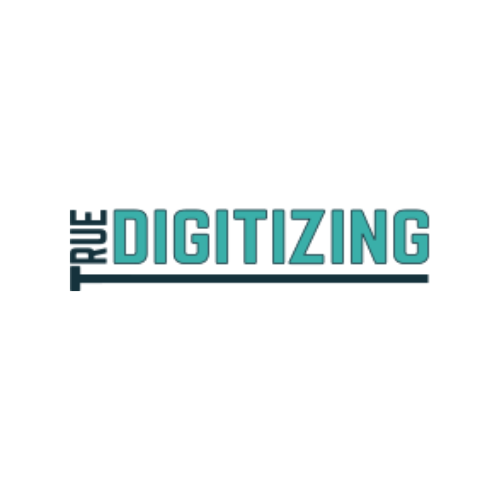Articles
Create Stunning Designs with Cheap Embroidery Digitizing

Share article
In 2025, creators tap into cheap embroidery digitizing to transform artwork into vibrant stitch files, crafting bold designs on fabrics like cotton or denim. Hobbyists, startups, and small businesses embrace this budget-friendly craft to produce professional embroidery for apparel, patches, or decor. You convert images into formats like DST or PES, ensuring sharp, durable stitches. For example, 65% of U.S. crafters adopted affordable digitizing in 2024, saving 20% on production costs, per industry reports. This guide explores tools, techniques, and trends to help you excel in this cost-effective art.
What Cheap Embroidery Digitizing Offers
You can convert raster images, like JPGs or PNGs, into stitch files to guide embroidery machines with precision. These files allow you to craft logos, monograms, or patches adaptable to fabrics from twill to polyester. The affordability of cheap embroidery digitizing stems from optimized stitch paths and low-cost tools, delivering quality results without heavy expenses.
Why Budget Digitizing Excels
You create professional designs on a tight budget, ideal for small ventures. Moreover, you reduce production time, boosting efficiency. Additionally, detailed patterns elevate your projects’ visual appeal. Furthermore, eco-friendly threads align with 65% of consumers’ sustainability preferences in 2025, per surveys. Thus, budget digitizing empowers creators with versatile benefits.
Budget-Friendly Tools for Digitizing
You can access free and low-cost tools to create precise stitch files. For instance, 2025 offers options for all skill levels, keeping your expenses minimal.
Free Software for Beginners
You can use Inkscape with Ink/Stitch for its intuitive tracing, perfect for newcomers. Similarly, SewArt’s trial version lets you test stitch settings, though limited. These free tools spark creativity without financial barriers.
Affordable Paid SoftwareYou might choose Embrilliance Essentials, priced at $150, for its tight stitch control, delivering pro-level results on a budget. Alternatively, Brother PE-Design Lite, also $150, excels in small projects like patches.
How to Digitize on a Budget
You can follow a straightforward process to turn artwork into stitch-ready files affordably. Specifically, using Inkscape, these steps guide you to quality outcomes.
Import and Simplify Your ArtworkFirst, load a high-resolution JPG or PNG. Then, trim colors to 3–5 bold shades for clean stitch paths. Next, use the “Trace Bitmap” tool to create sharp outlines, which takes 10–15 minutes for beginners.
Assign Stitch Types
After that, apply satin stitches for smooth borders and fill stitches for larger areas. Also, adjust thread direction to prevent fabric distortion. This step, lasting 15–20 minutes, ensures a clean design.
Fine-Tune and Export
Subsequently, set stitch density to 0.4–0.5 mm for even coverage. Save the design as a DST or PES file, naming it clearly, like “Patch_PES.” This 5-minute task ensures compatibility. Finally, test the file on a machine like the Brother SE625 with scrap fabric, a 15–20-minute step to catch errors.
Advertisement

